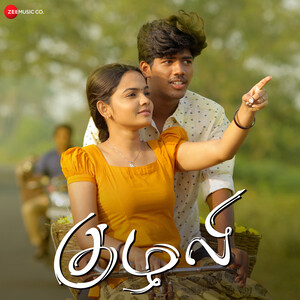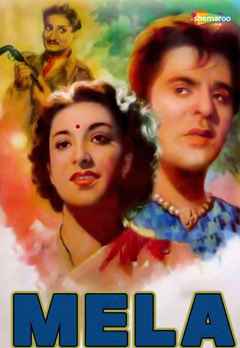
That is the reason today’s popular singers like Sonu Nigam, Arijit, and Shaan say ‘ Kayamat’ for ‘ Qayamat’, ‘ Qaaynaat’ for ‘ Kainaat’ and ‘ Qamsin’ for ‘ Kamsin’. Therefore, those who don’t know Urdu remain ignorant of these pronunciations. While the Urdu Nastaliq script has separate letters assigned to specific sounds, the Devanagari script has no equivalent letters. The difference lies in the script of the two languages. Since these guys are linguistically challenged and are unaware of the fundamental distinctions between Urdu and Hindi, they end up massacring even the simplest Urdu words. That’s why words like iqraar, kh_ushi, and aashiqon become ikraar, khushi, and aashikon respectively. They are given scripts written in the Roman script! They cannot read Hindi and Urdu is Greek to them.Īccording to Arslan Jafri, an erudite researcher at Ahmedabad University, ‘Contemporary playback singers like Shreya Ghoshal and Shankar Mahadevan are more inclined towards Hindi phonetic norms than Urdu. These people have no feel for Urdu and Hindi.

A whole new crop of ‘convent-educated’ filmmakers, actors, singers, dialogue-writers emerged with an inadequate knowledge of Hindi, let alone Urdu. If you notice, post-2000, a paradigm shift took place in all spheres. Once that generation faded away, Urdu also began to decline as a pivotal language of Hindi films and music. To cut the story short, Urdu was the predominant language of Hindi cinema and music in those days. Luralai (Pakistan)-born Kulbhushan Pandit (better known as Rajkumar) couldn’t read and write Hindi and he always spoke Urdu in his inimitable style. Abbottabad-born Manoj Kumar wrote his scripts in Urdu. Lata Mangeshkar, Asha Bhonsle, Manna Dey and Kishore learnt perfect Urdu diction from the maulvis and scholars.Īctors like Prithviraj Kapoor, Paidi Jairaj, Raj Kapoor, Rajendra Kumar and Sunil Dutt were all Urdu-knowing people.

Singers like Mohammed Rafi, Mukesh, Kishore, Manna Dey and Talat had a command of both the languages. Unlike today’s linguistic polarisation, the actors of yore, whether Hindu or Muslim, spoke Urdu and never considered it to be a language of a particular community.Īpart from the four remarkable Urdu poets and lyricists, Majrooh Sultanpuri, Kaifi Azmi, Sahir Ludhianvi and Shakeel Badayuni, Qamar Jalalabadi (Om Prakash Bhandari), Shailendra, Anand Bakshi, Rajendra Krishan Duggal, Yogesh Gaur, and Raja Mehndi Ali Khan knew Urdu very well. Urdu was the predominant language of Hindi films and music. In fact, the Anglicized actors and singers speak diabolical Hindi and aren’t familiar with Urdu.īut earlier, the scene was altogether different.

Actors, singers, script-writers and lyricists are no exceptions. Yet, they are pronounced and written incorrectly. Mind you, these are the commonest Urdu words that have become integral to our colloquial Hindustani.

‘ Ghalat’ becomes ‘ Galat’ (!), ‘ Khwaab’ sounds ‘ Khaab’ (!), ‘ Mushkil’ degenerates into ‘ Mushquil/Mushqil’ (!), ‘ Kaamyaab’ falls into the pit of ‘ Qaamyaab’ (!). Even if you get to listen to some songs or dialogues that have Urdu words, their enunciation or articulation (talaffuz) is so execrable that it grates on your ears. Nowadays, one hardly comes across dialogues in chaste Urdu and songs with Urdu words. ‘ Kahin ek maasoom, naazuk-si ladki, bahut khoobsoorat’ ( Shankar Hussain, 1977), ‘ Gham-e-hasti se bas begana hota, khudaya’ ( Vallah Kya Baat Hai, 1962), ‘ Zindagi ke safar mein akele thay hum’ ( Nartakee, 1963), ‘ Main kaun hoon main kahan hoon’ ( Main Chup Rahungi, 1962), among others are quintessential examples of soulful numbers chock-a-block with Urdu words.Īlas, that seems to have vanished from today’s Hindi films and their pedestrian songs.


 0 kommentar(er)
0 kommentar(er)
